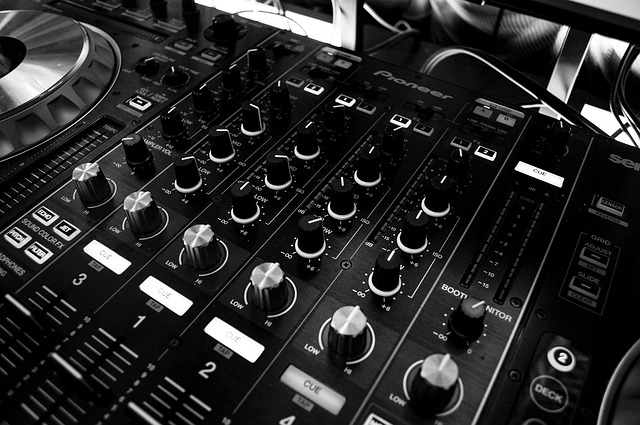Mastering the Art of Distortion: A Guide to Mixing with Distorters
When it comes to music production, few tools are as exciting—and sometimes intimidating—as the distorter. Known for its ability to add grit, warmth, and an array of unique textures, distortion can transform a bland sound into something truly captivating. Whether you’re producing a hard-hitting rock track or a smooth electronic beat, understanding how to effectively use a distorter can elevate your mixing game and help you find your unique sonic identity.
The Allure of Distortion
Ever listen to a crunchy guitar riff or a roaring synth? The magic behind those sounds often lies in the use of distortion. It’s a tool that conjures feelings, creating a listener experience that’s more than just auditory—it’s visceral. As you dive into the world of mixing, embracing the distorter isn’t merely about adding effect; it’s about expressing emotion and instilling energy into your tracks.
Understanding Different Types of Distorters
Before you start cranking up your distorter, it’s essential to understand the various types available. From subtle overdrive to aggressive fuzz, each type produces a different character of sound.
- Overdrive: Often used to emulate the warm, natural clipping of a tube amp, overdrive is great for adding warmth and presence to guitars and vocals.
- Distortion: This tends to be harsher and is used widely in rock and metal music for a more aggressive, powerful sound.
- Fuzz: An extreme form of distortion, fuzz creates a thicker, more saturated sound that’s often used in psychedelic rock and stoner music.
Each type can be applied in different contexts to achieve your desired outcome, so don’t hesitate to experiment with multiple settings to uncover your unique sound.
Applying Distortion Wisely
One of the most critical aspects of using a distorter is knowing when and how much to use. Too much distortion can muddle your mix, while too little might not achieve the punch you’re looking for. Here are a few tips to keep in mind:
- Blend with Care: Use parallel processing to blend distorted and clean signals. This way, you maintain the clarity of your original sound while still achieving the desired sonic character.
- Target Specific Elements: Consider focusing on certain elements in your mix. For instance, applying distortion to a snare can make it pop, while tweaking a lead vocal with just a touch of overdrive can add presence without overpowering.
- Monitor Levels: Make sure to keep an eye on your levels to avoid clipping. Mix at lower volumes while experimenting to ensure you can hear the distortion’s impact accurately.
Creative Uses of Distortion
The beauty of a distorter lies in its versatility. Beyond standard applications, creative uses can truly push your mixing to new heights. Consider using it to:
- Layer Textures: Use distortion not only on melodies but also on ambient sounds or background elements to add depth.
- Sound Design: Experimenting with modulation and feedback can produce entirely new sounds that stand out in any genre.
- Add Character to Vocals: Create unique vocal effects by applying distortion, which can give your tracks an edge that sets them apart from the rest.
As you begin your journey with distortion, remember that the key is experimentation. Don’t shy away from pushing boundaries and stepping out of your comfort zone. The more you play with the distorter, the more you’ll discover the wonders it can bring to your mixes.



